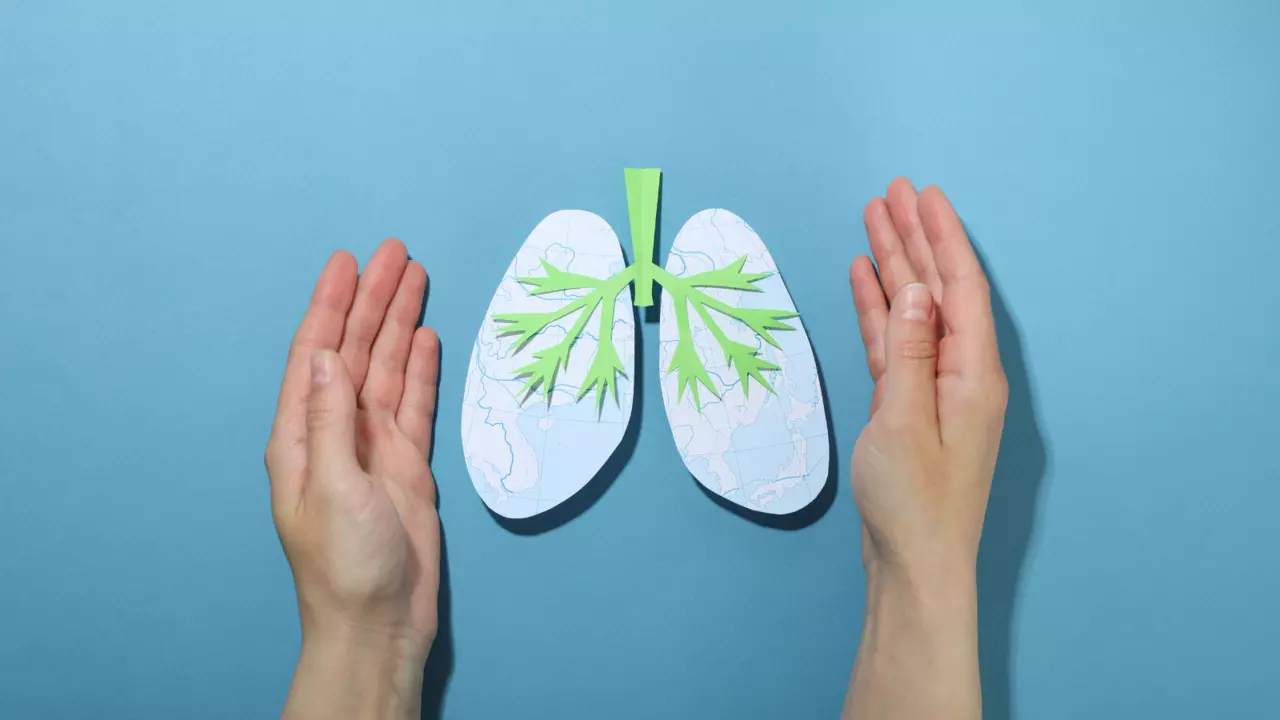How lung cysts progress in BHD: A long term patient study monitoring l
15 Dec 2023
How lung cysts progress in BHD: A long term patient study
Why was this research study done?
Birt Hogg Dube Syndrome (BHD) is characterized by skin bumps (called fibrofolliculomas and trichodiscomas), kidney tumours, and lung cysts. Lung cysts are air or fluid-filled sacs which grow in the normal lung tissue. These lung cysts can cause recurrent lung collapse (also known as pneumothorax). Recurrent lung collapse results in increased hospital admissions and medical treatments, which affects quality of life for BHD patients. It is important to understand the long-term growth of these lung cysts to improve outcomes and quality of life for BHD patients.
In this paper, the researchers look at whether lung cysts get bigger and if lung cysts affect lung function over time. To do this, information [RM3] from 43 BHD patients over a period of years was used. . This information was collected from initial and follow-up medical appointments for these BHD patients. The researchers also wanted to look at risk factors for lung collapse in these patients. This is to help understand what raises the risk of lung collapse happening in BHD patients.
What happened in the study?
43 BHD patients (25 female, mean age 54.2 years) were recruited for this study, all with a diagnosis of BHD. Medical history, genetic and lung function data were gathered from electronic medical records. Also, results from thoracic computerised tomography (CT scans, a type of chest X-ray) scans over a period of at least six months were examined. These scans can show progress of lung cysts over time.
There were four ways the researchers gathered the data:
1. Using the CT scans to visually measure lung cyst growth.
2. Using CT scan evidence to measure growth in lung cysts over time.
3. Using results from patient’s lung function tests to measure lung function over time.
4. Using results to consider whether family history of lung collapse increases risk of lung collapse in patients.
What did they find?
The researchers measured growth of the largest cysts in the left and right lungs over time. Both lungs showed an increase in size of cyst. This pattern was also shown in the rest of the lung cysts in the CT scans where gradual growth was shown over time. It makes sense that these two findings are similar because they are different ways of measuring parts of the same thing - the growth pattern of cysts in the lungs.
Results from the lung function tests from patients showed that lung function decreased over time. This is different from other studies which indicated lung function does not change over time in BHD patients (Lee et al, 2019; Daccord et al 2020). This could be because this study looked at six different pieces of results from these tests and calculated relationships between different aspects of lung function. Other studies have only compared overall lung function at initial and follow up appointments. The researchers conclude that a decrease in lung function is only mild, however improving this could help quality of life in BHD patients.
Just over half of patients had a history of lung collapse, and frequency varied from 1 to 5 times. Family history of lung collapse was shown to be a risk for a patient to experience lung collapse themselves. However, this could be because most of the patients had family connections in the study and needs to be further researched.
What does this mean for BHD patients?
This study was done on a small scale, where patients were all from one medical centre. This means it may not represent the wider BHD patient population, especially those in different countries. There was also a difference in time between individual follow up appointments, which means results was not all collected in the same period. The researchers note that a six-month time between initial and follow up CT scans for some patients could also not be a long enough period to measure cyst growth. However, this study does provide important information on a very rare condition, and documents progression of the condition over time. It also shows that long term monitoring of lung cysts could reduce possible risk of lung collapse and improve BHD patients’ quality of life.
References
Cho, S.M., Chae, E.J., Choe, J. et al. Progression of pulmonary cysts in Birt-Hogg-Dubé syndrome: longitudinal thoracic computed tomography study with quantitative assessment. BMC Pulm Med 23, 181 (2023). https://doi.org/10.1186/s12890-023-02483-8
Daccord C, et al. Lung function in Birt-Hogg-Dube syndrome: a retrospective analysis of 96 patients. Orphanet J Rare Dis. 2020;15(1):120.
Lee JH, et al. Birt-Hogg-Dube syndrome in Korean: clinicoradiologic features and long term follow-up. Korean J Intern Med. 2019;34(4):830–40.
